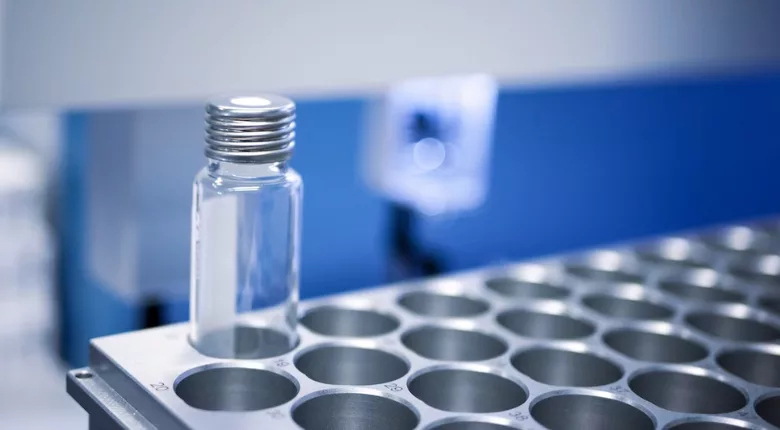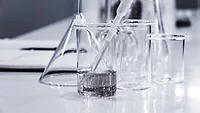USDA-FSIS Implements Modernized Chemical Residue Quantitative Method for Beef Muscle

Image credit: Julia Koblitz via Unsplash
The U.S. Department of Agriculture’s Food Safety and Inspection Service (USDA’s FSIS) has developed an innovative method for beef muscle samples that uses modern chemistry instrumentation for quantifying chemical residues.
On October 1, 2023, the FSIS laboratory system intends to implement the new quantitative method for veterinary drug residue analysis in bovine muscle samples, titled, “Quantitation of Animal Drug Residues by High-Resolution, Accurate-Mass Liquid Chromatography Mass Spectrometry (HRAM LC-MS)” (CLG-MRQ1). Benefits of the method include the abilities to:
- Quantitate multiple veterinary drug residue amounts simultaneously in a single analysis with high mass accuracy
- Quantitate several veterinary drugs that were previously difficult to measure
- Archive several single analyte or specific drug class quantitation methods that use older technology
- Archive traditional residue bioassay for several analytes
- Align detection limits with established drug residue tolerances
- Decrease time to result for presumptive positive residues.
Additionally, FSIS recently updated three methods to the new Chemical Laboratory Guidebook format: Quantitation of Salt (CLG-SLT); Quantitation of Fat (CLG-FAT); and Screening, Quantitation, and Confirmation of Beta-Agonists by UHPLC-MS-MS (CLG-AGON1). FSIS aims to improve accessibility and provide clarity for users by reformatting the methods. The methods now have flow charts to show the basic steps of analysis from sample receipt to results reporting.
The new and updated methods are to be posted no later than September 30, 2023, to the Chemical Laboratory Guidebook page of the FSIS website.
Looking for quick answers on food safety topics?
Try Ask FSM, our new smart AI search tool.
Ask FSM →








